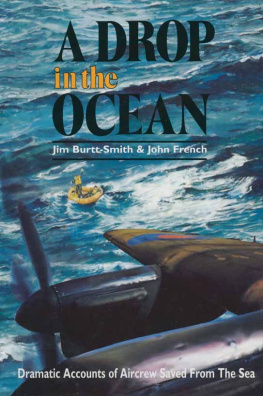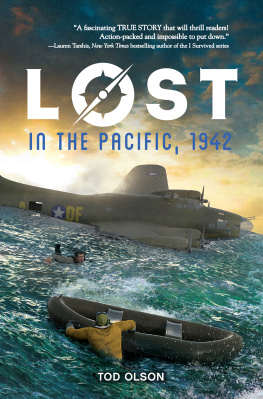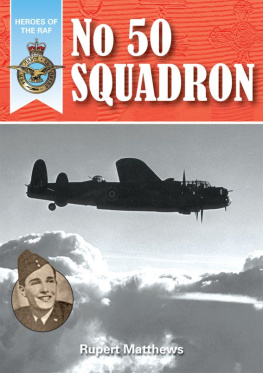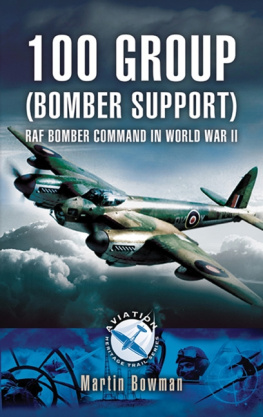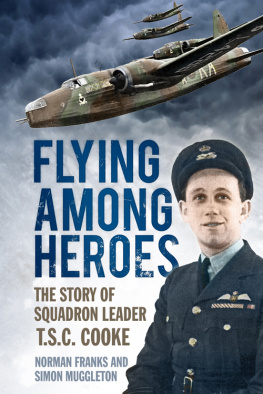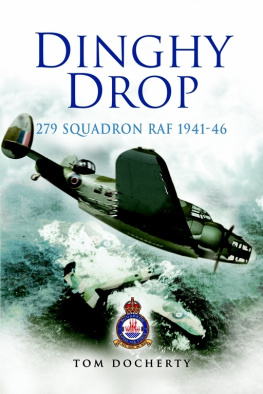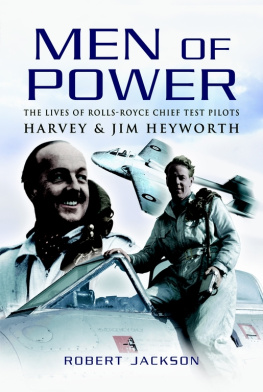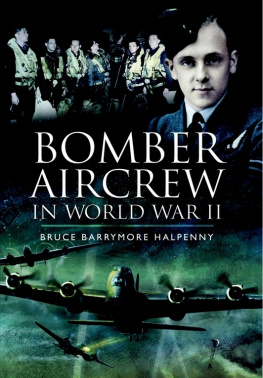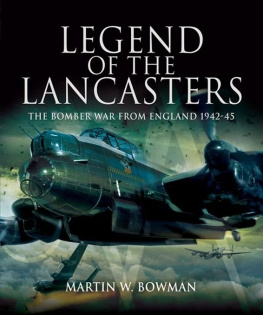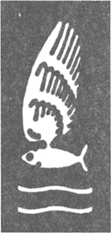A DROP IN THE OCEAN
A DROP IN THE
OCEAN
DRAMATIC ACCOUNTS OF
AIRCREW SAVED FROM THE SEA
by
Jim Burtt-Smith
John French
First published in Great Britain in 1996 by
LEO COOPER
190 Shaftesbury Avenue, London WC2H 8JL
an imprint of
Pen & Sword Books Ltd,
47 Church Street,
Barnsley, South Yorkshire S70 2AS
John French, Jim Burtt-Smith, 1996
A CIP record for this book is available from the British Library
ISBN 0 85052 507 1
The right of John French and Jim Burtt-Smith to be identified
as authors of this Work has been asserted by them in accordance
with the Copyright, Designs and Patents Act, 1988
All rights reserved. No part of this publication may be
reproduced, in any form or by any means, without permission
from the publishers.
Typeset by Phoenix Typesetting,
Ilkley, West Yorkshire.
Printed in Great Britain by Redwood Books Ltd,
Trowbridge, Wilts.
CONTENTS
ACKNOWLEDGEMENTS
The authors are happy to acknowledge the help they have received from the Goldfish who have contributed their stories, and from the Goldfish Club and its Newsletter Editor, Geoff Copeman, for permission to use extracts from their publications. They apologize for the omission of a few photographs which were found to be technically unsuitable for reproduction.
PREFACE
The following stories were collected by Jim Burtt-Smith, author of One of the Many on the Move and the Goldfish Club Chairman, and edited by John French, former Club secretary. The stories highlight the magnificent and dedicated efforts of the Marine Section of the R.A.F. Air Sea Rescue, whose crews bore to safety their air crew colleagues who had ditched.
It is hoped they will convey some sense of the trauma and fears of those who crashed into the sea and were tossed about on twenty-or thirty-foot waves in freezing cold weather. This they endured, shocked and stressed, seasick, sometimes for days on end. Then in the distance they would hear a faint noise, becoming louder and louder, until out of the mist roared an ASR High Speed Launch, powered by its three Napier Lion engines. Willing hands dragged them aboard before the boat sped away at 35 or 40 knots, returning to base with the gunners keeping watch for the enemy.
Although this book deals with the RAF rescuers and is dedicated to those brave men, tribute must also be paid to the fishermen, mostly Danish, and to the German Luftwaffe. Animosity was forgotten in those traumatic hours.
The authors sincere thanks are extended to Les Bartlett, who supplied the information about the ASR Service, and also to Ken Rimell and all former HSL crew members who contributed to this book.
INTRODUCTION
These are recollections of a few of the 9,000 airmen whose lives were saved firstly by their Mae Wests and secondly by their dinghies. Half of them were plucked from the sea by the RAF Air Sea Rescue Service; the crews set out night and day, often in atrocious weather, to pick up their comrades who, without such dedication, would surely have perished.
The welcoming roar of the three Napier engines of the ASR launches was music to the ears of ditched aircrews, who were usually treated to a tot of rum, hot cocoa and a covering of warm blankets.
One such rescue was accomplished after a running battle against a German E-boat, which was just pipped at the post.
In another incident, the crew of a Lancaster died one by one in the dinghy and their bodies were slipped over the side by the sole survivor: he was found, after eleven days, by a German air sea rescue boat which had been following the trail of corpses.
Our ASR service picked up anyone of any nationality who had ditched, as did the Germans.
We who are still alive give our heartfelt thanks to the brave men of the ASR Service who rescued us from the sea and gave us, perhaps, another fifty years of life.
The 9,000 aircrew who ditched were originally members of the worlds most exclusive club, the Goldfish Club; fifty years after the end of the Second World War the Club is still very active, although membership has dwindled to about 600 worldwide.
Jim Burtt-Smith
J. O. French
THE CHARLES HARRISON STORY:
A Wet Whitley
Charles Harrisons first encounter with the sea was on 12 June, 1941, when he flew in a Whitley Mark 5 with 10 Squadron from Leeming in Yorkshire. The target was Schwerte in the Ruhr. Charles was filling in as tail gunner with a crew whose normal gunner was ill. Here is his story.
Just after passing over the Dutch coast we ran into some light, sporadic flak, which was close. Several minutes later I saw a mass of sparks fly past my turret from the starboard engine. There followed some conversation on the intercom between the crew about the state of the engine. It was decided that we should drop our bombs in the sea and turn back: in the meantime, the starboard engine was feathered.
Shortly afterwards the pilot called me and said he was having difficulty in maintaining height. He asked me to leave the turret, go into the fuselage and get rid of all the loose and heavy stuff I could find.
After disconnecting my intercom lead I opened the fuselage door to jettison some incendiary bombs and flares, and I remember saying to myself, Hell, that sea looks close! I threw out all I could find when I felt a tugging on my arm. It was the wireless operator, who shouted, Go back to the turret the skipper wants you. I returned to the turret and plugged in the intercom. The pilot told me he could no longer maintain height and there was a possibility that we would have to land in the sea. He asked me to go back to the fuselage and prepare the dinghy for launching.
In the Whitley the dinghy was opposite the fuselage door and secured to the starboard side wall by bungee cords. Once again I opened my turret door, disconnected the i/c and went to grab the two handles to hoist myself out of the turret.
In the next seconds I was aware of an impact on the back of my head, a flash of light and stars behind my eyes. When I regained my senses I was lying in water in the fuselage. Everything was dark and quiet. On operations I always carried a torch stowed in my flying boot and I shone the torch into the darkness. I then saw that I was down the fuselage by the door, having been thrown backwards from the turret. In the process I had cleared the spar which supported the tail wheel and lay across the fuselage, about two feet high, from one side to the other.
My next thoughts were The door and the dinghy. I freed the dinghy and opened the fuselage door to throw it out, retaining hold of the lanyard in order to inflate it when it hit the sea.
Then the wireless operator appeared. He had come out of the top hatch and crawled along the fuselage to the outside of the door. As I threw out the dinghy and pulled the lanyard he put his hand underneath to help it out, but his action turned the dinghy pack over and it inflated upside down. Before anything could be done the rest of the crew were in it. I had to swim for it and was last man in. It was about two in the morning, pitch dark, and we paddled hard to get away from the Whitley, which disappeared beneath the waves in less than two minutes. The navigator had injured himself in the impact; my neck and head ached, but I think I escaped serious injury due to my flying helmet and my para-suit. There had been no warning from the pilot and the crash into the water had been quite sudden. There was a heavy swell. We discussed the possibility of getting out and trying to right the dinghy when daylight came, but the navigator, apart from his injury, could not swim. So we agreed to manage with the upturned dinghy, although this meant no accessibility to all the aids normally carried in the dinghy.
Next page
